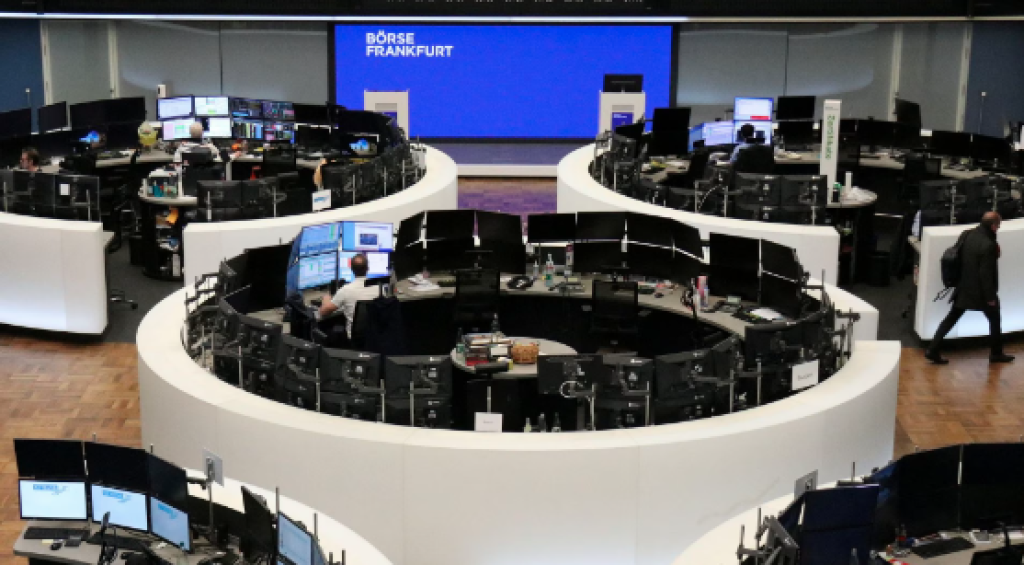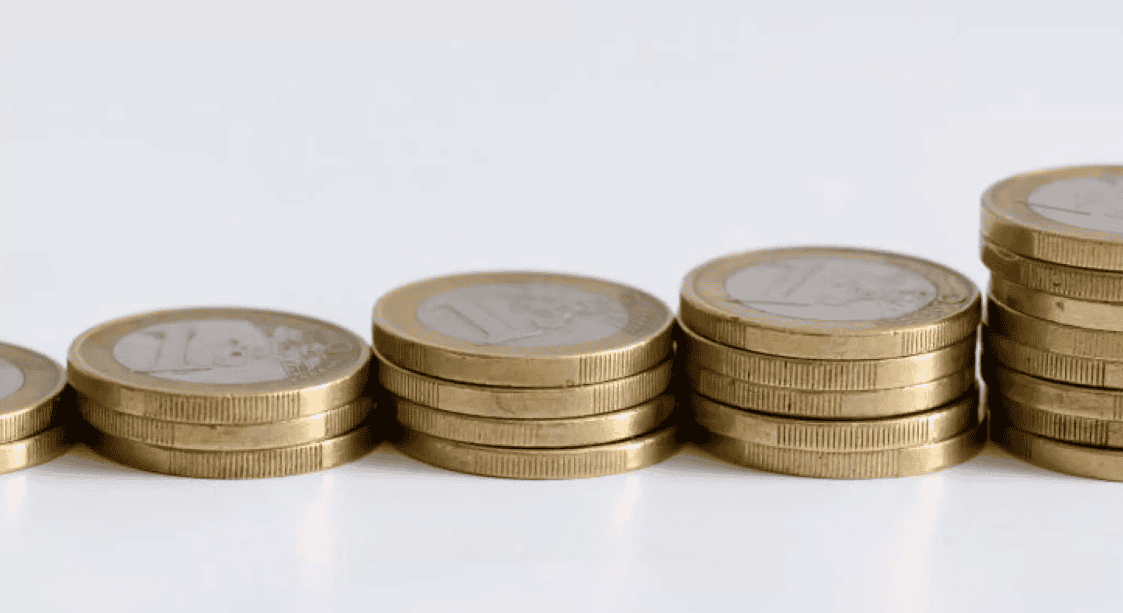- MSCI All-World rises, dollar dips
- Mood cautious before Fed minutes, U.S. core inflation
- U.S. holiday keeps trading muted
Global shares inched up on Monday as a U.S. holiday tempered some of the recent volatility ahead of minutes of the latest Federal Reserve meeting and data on core inflation that could add to the risk of interest rates heading higher for longer.
The dollar, which is heading for its largest one-month rise since September in February, was roughly flat on the day, giving some lift to commodity-linked currencies, thanks to a rise in the price of raw materials such as crude oil and copper.
Geopolitical tensions were ever present, with North Korea firing more missiles and talk of Russia ramping up attacks in Ukraine before Friday’s one-year anniversary of the invasion.
There were reports the White House planned new sanctions on Russia, while Secretary of State Antony Blinken on Saturday warned Beijing of consequences should it provide material support, including weapons, to Moscow.
But, with U.S. markets shut for the Presidents’ Day holiday, non-U.S. assets got some respite from last week’s relentless pressure.
The MSCI All-World index rose 0.1%, helped by modest gains in Europe, where the STOXX 600 also rose 0.1%, skirting Friday’s one-week lows.
A roaring run higher in both stock and bond prices in the first six weeks of the year has come to a screeching halt, after a flurry of U.S. data suggested the world’s largest economy is holding up far better than expected, which means interest rates will have to rise further and will take far longer to decline.
“Historically, equities do not typically bottom before the Fed is advanced with cutting, and we never saw a low before the Fed has even stopped hiking,” JPMorgan head of global and European equity strategy Mislav Matejka said.
Having dismissed warnings from U.S. policymakers that inflation is far too high and far too persistent for comfort, investors are now coming to terms with the fact that they may have been overly optimistic in their assumptions.
PEAK-A-BOO
Money markets show investors now expect U.S. rates to peak at around 5.3% by July, with a quarter-point rate cut possibly materialising by December.
This marks a massive shift from expectations at the start of February for a peak below 5% by July and the first rate cut coming in just weeks later.
“It might be premature to believe that recession is off the table now, when Fed will have done 500bp+ of tightening in a year, and the impact of monetary policy tended to be felt with a lag on the real economy, of as much as 1-2 years,” JPMorgan’s Matejka said.
“The damage has been done, and the fallout is likely still ahead of us,” he said.
S&P 500 and Nasdaq futures drifted lower by 0.1-0.2%. The S&P touched a two-week low on Friday.
“It’s the most aggressive Fed tightening in decades and U.S. retail sales are at all-time highs; unemployment at 43-year lows; payrolls up over 500k in January and CPI/PPI inflation reaccelerating,” analysts at BofA noted. “That’s a Fed mission very much unaccomplished.”
They said the failure of the S&P 500 to break resistance at 4,200 could unleash a retreat to 3,800 by March 8.
The release on Wednesday of the minutes of the Fed’s latest meeting may offer more insight into policymakers’ deliberations, but could have less impact than usual because the meeting took place after January’s bumper payrolls and retail sales reports.
In addition, the Fed’s preferred measure of inflation, the core personal consumption expenditures index (PCE), lands on Friday. It is expected to haven risen by 0.4% in January, the biggest gain in five months, while the annual pace is forecast to have slowed to 4.3%.
The dollar nudged lower against a basket of major currencies, but was noticeably down against the likes of the so-called commodity currencies, like the Australian dollar , which rose 0.3% and the Canadian dollar , which gained 0.1%.
Brent crude futures , which last week shed nearly 4%, rose 0.6% to around $83.48 a barrel, while copper gained 0.6% to trade around $9,037.50 a tonne. Both are highly sensitive to the health of the Chinese economy, which is resuming more normal activity after three years of COVID lockdowns.
China’s offshore yuan rose 0.1% to around 6.865 to the dollar after Beijing kept interest rates steady as expected, having poured liquidity into the banking system in recent days.
Earnings season continues this week with major retailers Walmart and Home Depot set to offer updates on the health of the consumer.
Source : Reuters



































































